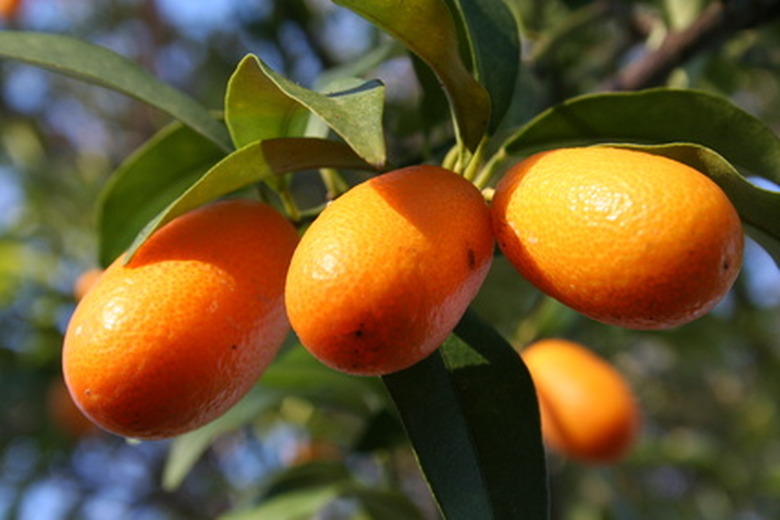How To Care For A Citrus Tree In Arizona
Arizona was growing citrus decades before it became a state. The sun and soil are perfect for growing oranges, tangerines, lemons, and grapefruit throughout the temperate areas of the state, from Yuma to Safford and from Nogales to Kingman. Citrus is one of the state's iconic 5 Cs: Citrus, Cotton, Climate, Cattle, and Copper. But don't attempt this in one of the state's colder zones.
Meet the Citrus Tree
Meet the Citrus Tree
Citrus trees make wonderful choices for a home orchard. They are completely lovely, with glossy, deep-green foliage, spring blossoms that spread a lovely fragrance through the garden, and — of course — juicy and colorful fruit. Evergreen trees, citrus trees can grow to a height of 30 feet, but, depending on the variety and rootstock selected, they can be much smaller. Most citrus varieties do not need a second variety for cross-pollination.
Keep your hardiness zone in mind as you go out to choose a citrus variety. The cold hardiness of citrus varies among species. The least hardy include Mexican lime, grapefruit, lemon, and tangelo. Sweet orange and most Mandarin oranges can survive cooler temperatures, while Meyer lemon and kumquat are even hardier.
What states have the most citrus trees? That would be California, Florida, Arizona, and Texas. In fact, no other states but these produce citrus.
Learn the History of Arizona Citrus
Learn the History of Arizona Citrus
The hot and balmy sections of Arizona are ideal for raising citrus. And the state has been producing citrus since the 1860s. The miners and cavalrymen living in Arizona needed crops that would thrive in drier soil with little rainfall. Citrus met that need, and Arizona's citrus industry flourished.
Citrus trees have a long history of cultivation in Phoenix and Maricopa County, including the Tucson area. The trees adapt well to the frost-free low deserts of Arizona, provided they are irrigated.
Plant a Citrus Tree in Arizona
Plant a Citrus Tree in Arizona
Citrus trees can live a long time, so it is worth your time to site each tree appropriately. A citrus should be planted in a full-sun location. If the area has a cool summer, pick a site against a south-facing wall for extra heat. Keep these trees away from cement. And never put citrus trees in a lawn since they do not share the same irrigation requirements.
In addition, position a citrus where it can grow to full size without hitting power lines or impeding other plants. Though sun is good, western exposures are not, since afternoon sun in Arizona can burn citrus foliage. On the other hand, avoid low spots that can be chilly.
Well-drained soil is the best bet, although citrus can grow in other soils with proper irrigation. Water the citrus tree heavily at planting and for the entire first year. Soaker hoses work well for citrus. Since Arizona is dry in early summer, expect to irrigate. Fertilize your citrus trees three times a year.
